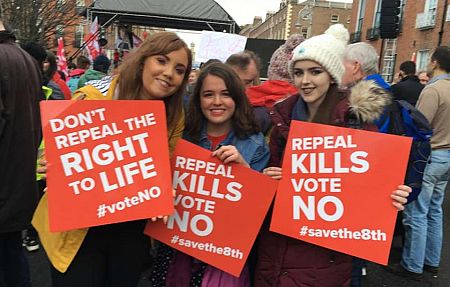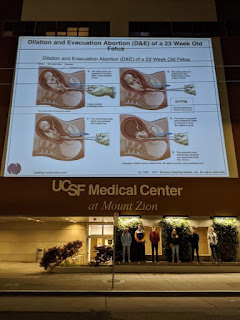In Depth: Abortion in Ireland After Repeal of the Right to Life
In May of 2018, Ireland tragically repealed the Eighth Amendment from its constitution, which had protected the right to life for children in the womb. The Irish abortion industry began operating in January of last year. About a month ago, the first official statistics showing the impact of repeal were released. Not surprisingly, Ireland experienced a surge in abortions:
This report indicates that 6,666 abortions took place in Ireland, and an additional 375 Irish women obtained abortions in England, for a total of 7,041 abortions in 2019. By comparison, in 2018, only 2,879 abortions were performed on Irish women, and the vast majority took place outside the country.After abortion was legalized, then, the number of abortions in Ireland increased by nearly 150 percent.
|
Month |
# of Abortions |
Abortions Per Day |
|
January |
|
|
|
February |
|
17.5 |
|
March |
508 |
16.4 |
|
April |
538 |
17.9 |
|
May |
|
18.7 |
|
June |
|
17.8 |
|
July |
|
19.4 |
|
August |
|
17.1 |
|
September |
|
16.9 |
|
October |
|
17.6 |
|
November |
|
18.3 |
|
December |
|
19.1 |



Leave a Reply
Want to join the discussion?Feel free to contribute!